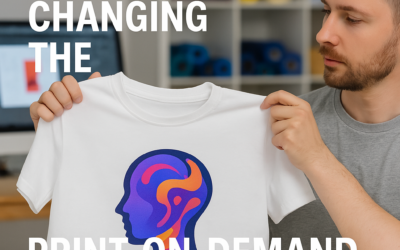Innovations in Smart Agriculture: Feeding the Future
“Smart Agriculture: Cultivating Tomorrow’s Harvest Today”
The Role of IoT in Precision Farming: Enhancing Crop Yields and Sustainability
The integration of the Internet of Things (IoT) into precision farming is revolutionizing agriculture. As global populations grow and the demand for food production intensifies, innovative solutions like IoT are essential to ensure food security. By leveraging interconnected devices, sensors, and data analytics, farmers can now make data-driven decisions that optimize resource use, improve crop management, and promote sustainability.
One major benefit of IoT in precision farming is real-time monitoring of environmental conditions. Sensors deployed across fields measure soil moisture, temperature, humidity, and nutrient levels—providing farmers with crucial information about crop health. For example, if soil moisture drops too low, the system can automatically trigger an irrigation system to deliver just the right amount of water. This precise control not only boosts crop yields but also conserves water and prevents over-irrigation.
In addition, IoT technology aids in early detection of pests and diseases. Traditional, broad-spectrum pesticide applications can be both costly and harmful to the environment. With IoT-enabled pest monitoring systems using sensors and cameras, farmers receive timely alerts about infestations. This allows for targeted treatments that minimize chemical use, reduce costs, and protect the surrounding ecosystem.
Optimizing fertilizer application is another crucial area where IoT excels. Precision farming utilizes data from soil sensors to determine the exact nutrient needs of crops at various growth stages. By applying the correct type and amount of fertilizer at optimal times, farmers improve plant nutrient uptake, achieve healthier crops, and reduce the risk of nutrient runoff that can contaminate water bodies.
Advanced farming practices such as variable rate technology (VRT) and automated machinery also benefit from IoT. VRT enables the variable application of inputs—seeds, fertilizers, and pesticides—across different zones of a field according to specific needs. Meanwhile, automated machinery equipped with IoT sensors and GPS technology can execute planting, harvesting, and spraying tasks with exceptional precision, reducing labor costs and increasing overall operational efficiency.
Beyond individual farms, IoT enhances the entire agricultural supply chain. Accurate, real-time data on crop conditions and yields supports better forecasting and planning, contributing to stable food supplies and prices. Additionally, the traceability provided by IoT technology boosts food safety and quality, as consumers gain access to detailed information about the origin and production practices of their food.
In conclusion, IoT is transforming precision farming by delivering innovative solutions that enhance crop yields and sustainability. Its applications—from environmental monitoring to targeted pest control and optimized fertilizer use—empower farmers to make informed decisions that benefit both their operations and the environment. As the agricultural sector continues to evolve, adopting IoT will be key to feeding the future and ensuring a sustainable food system for generations to come.
Q&A
-
Q: What are some key innovations in smart agriculture that are helping to feed the future?
A: Key innovations include precision farming, IoT devices, drones for crop monitoring, automated irrigation systems, AI-driven analytics for crop management, vertical farming, and biotechnology for developing resilient crop varieties.



